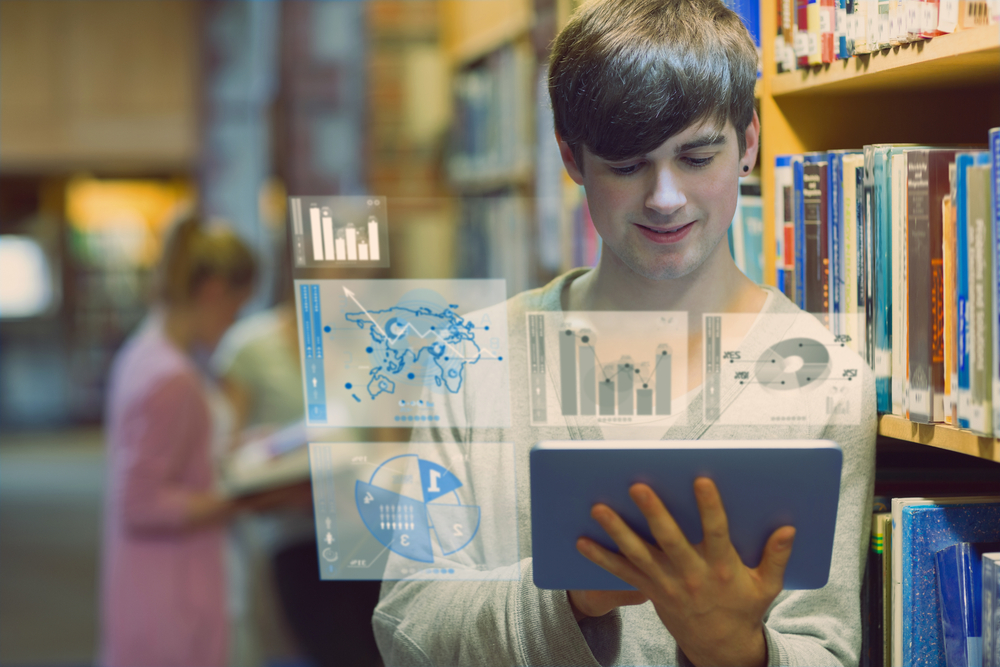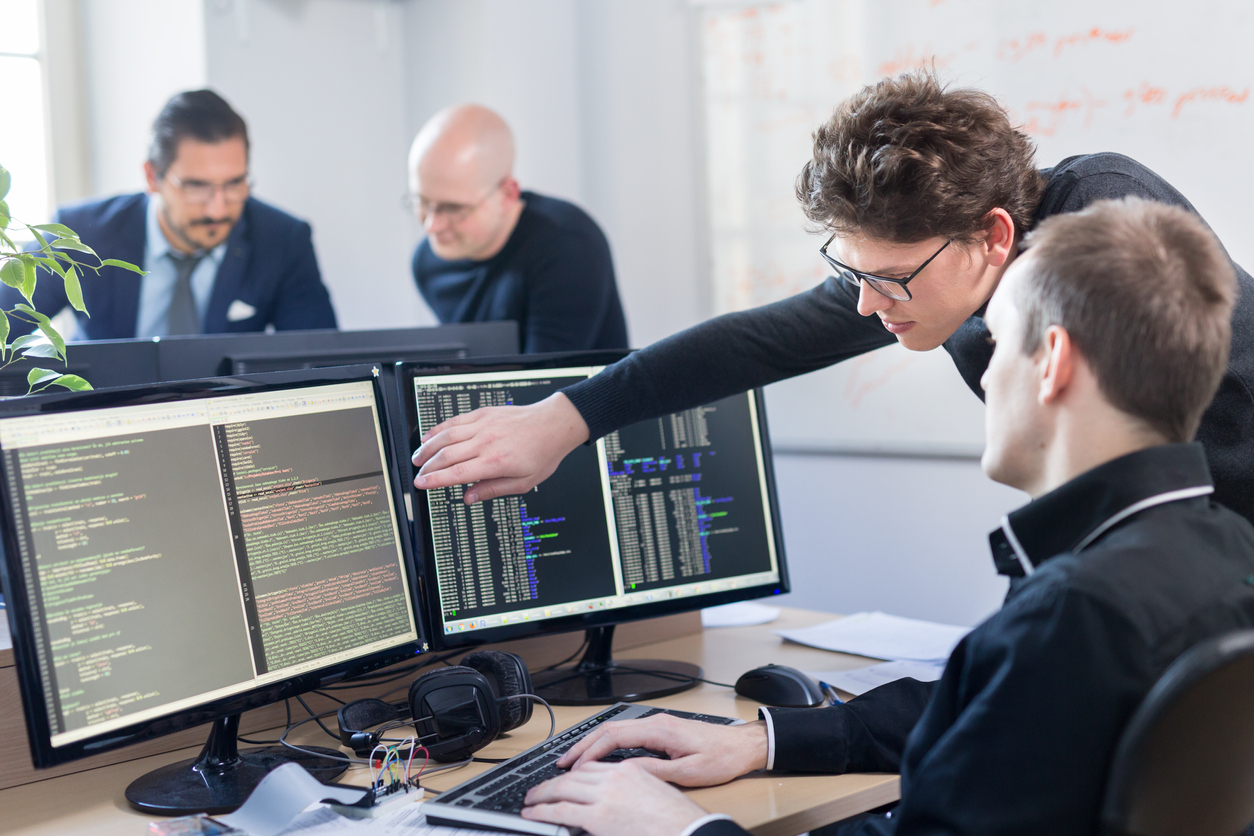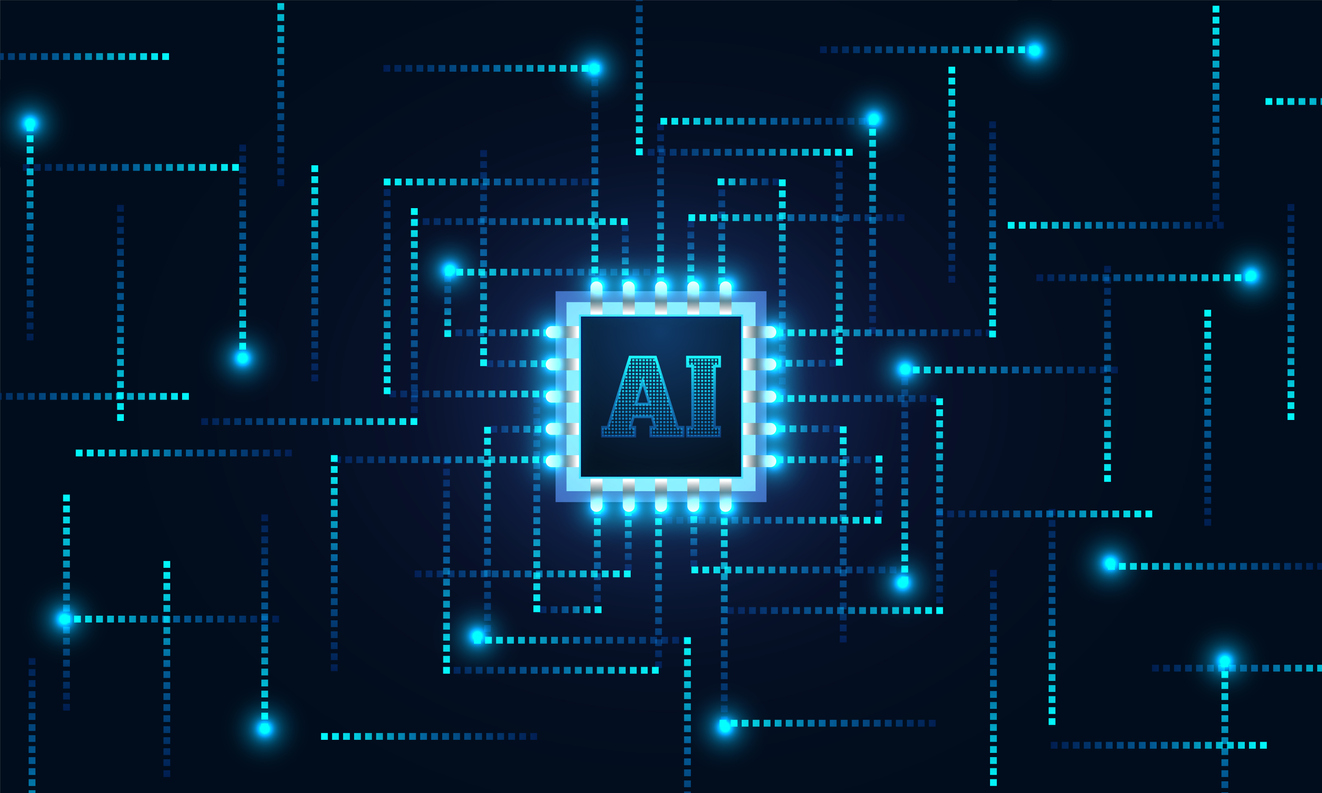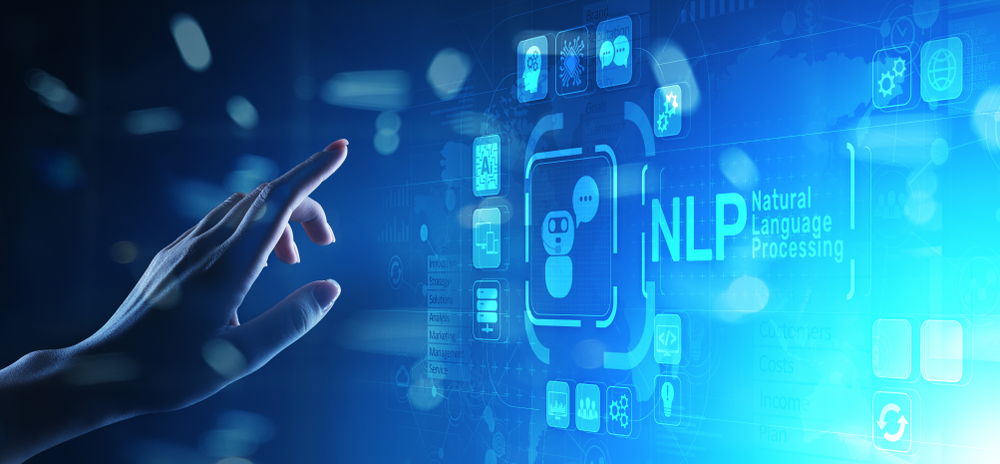Artificial Intelligence and Machine Learning have been ruling the roost in technology for the past five years. Whether it’s manufacturing, IT, or any other industry, AI and ML are being used in some form or the other. The reason that companies are increasingly relying on AI and ML is because of their potential to do things that humans will never be able to do themselves. AI and ML together can bring a positive impact on business, society, and culture.
If governments across the world start adopting AI-based technologies, it will be highly beneficial for the social and economic progress of their respective countries. Keeping this in mind, here are ten ways by which Artificial Intelligence and Machine Learning can transform governance:
Medicine and Healthcare
AI has countless applications in the healthcare industry. However, one area where it has true potential is precision medicine. AI can help in the analysis of millions of patient data at scale. The data includes details such as the patient’s past medical history, variability in genes, lifestyle, etc. Using these details, it can accurately assist doctors and medical practitioners to predict the best treatment for a particular disease for each patient. Companies like IBM are already using AI-based algorithms to precisely detect tumours from radiology scans. It’s time that governments use AI to drive the adoption and implementation of precision medicine.
Learn how AI can be used to aid physically challenged individuals lead a better life.
Education
In the education sector, AI and ML have a variety of use cases and applications. By analysing a student’s past data, AI and ML can help the student in making decisions when choosing courses and electives at universities. AI chatbots can be used to interact with students for admission queries. AI-based learning platforms can enable personalized monitoring of students and devote individualized attention to their progress. AI can also be used to facilitate personalized learning. Using AI, teachers can offer personalized recommendations to each student. AI can ensure that the students get the best possible assistance by customizing class assignments and exams.
Agriculture
As the world’s population is ever-increasing, it becomes necessary to keep the food production capacity at a high level. AI can play an important role in driving efficiency in farming. It can collect and analyse data about various farming parameters such as soil conditions, groundwater levels, weather conditions, crop condition, etc. Based on the data, AI can provide recommendations as to what crops need to be grown, when to fertilize and irrigate them, etc. This type of AI-assisted farming is called precision farming. Precision farming can help in increasing the food production level and reducing wastage without affecting the environment.
Crime Prevention
This is another sector that will be hugely benefited by AI and machine learning. An AI-based platform can be used to assimilate all data concerning crimes and criminals. This can include data such as the type and number of crimes committed, a criminal’s behaviour patterns, modus operandi, punishment status, parole status, etc. Through proper analysis, AI can effectively detect crime patterns and help identify vulnerable areas. It can help in tracking criminals and their likelihood of committing crimes. In 2017, the Indian government commissioned a project towards predictive policing. The project used AI and machine learning for facilitating criminal identity registration, missing person search, and tracking.
Intelligence, Surveillance, and Advanced Robotics
AI can be used to monitor and control unmanned autonomous vehicles for gathering intelligence and advanced surveillance purposes. Machine learning algorithms can help in evaluating border infiltration patterns and predict the possibility of infiltrations happening at certain times.
Advanced robotics has made its way into the armed forces through humanoid robot soldiers. Robot soldiers are futuristic weapons where an array of robots can collaborate and function as a team, like human soldiers. By 2025, the US government has planned to deploy robot soldiers in combat roles.
Cybersecurity
In January 2018, it was revealed that the Indian government suffered a massive breach in its Aadhaar data. Over 1.1 billion Aadhaar numbers along with each user’s details were exposed. If governments could couple AI and machine learning with their existing systems, such massive breaches could be avoided. AI’s self-learning and automation features can reduce costs and increase the effectiveness of security systems. Their prediction capabilities can be used for advanced threat detection and fraud prevention purposes.
Traffic Control
Nowadays, due to the increasing amount of vehicles plying on the road, traffic is becoming a major hassle for commuters. Getting stuck in a traffic jam is the worst nightmare for anyone who resides in a metropolitan city. Traffic lights in most countries are set to a pre-set value to control the traffic. This value doesn’t vary with the changing traffic conditions. AI can help in synchronizing traffic data and control the traffic based on the situation in real-time. It ensures a smooth flow of traffic without causing any inconvenience to commuters.
Disaster Response
Disasters such as earthquakes and tsunamis cause massive destruction and can render countries helpless in their wake. Effective disaster management is the need of the hour during these testing times. AI and machine learning can immensely help in managing disasters. AI can be coupled with other modern technologies for various applications such as tracking missing people in real-time, identifying affected areas, post-disaster surveys, etc. Machine learning algorithms can be used for optimal deployment of limited rescue resources.
Public Infrastructure
Routine maintenance of public infrastructure is an absolute must to avoid any untoward incidents. Most of the infrastructure such as roads, sewers, water systems, government-run schools, colleges, and hospitals, etc. need to undergo regular checks. AI can be used to monitor the health of machinery, infrastructure, physical equipment, etc. on a proactive basis. This helps in the accurate prediction of maintenance for these infrastructures. The usage of metrics and analytics helps to ascertain when and where maintenance is required.
Citizen-Government Interfaces
AI can be used to enhance e-governance services through citizen-government interfaces. For example, the Andhra Pradesh government in India partnered with Microsoft to create an AI-assisted app called Kaizala. Kaizala acted as a citizen-government interface where citizen requests could be routed to the appropriate government department. The government could also use the app to send automated notices to its citizens. Thus, through these AI-assisted interfaces, governments can exert better governance of their citizens.









